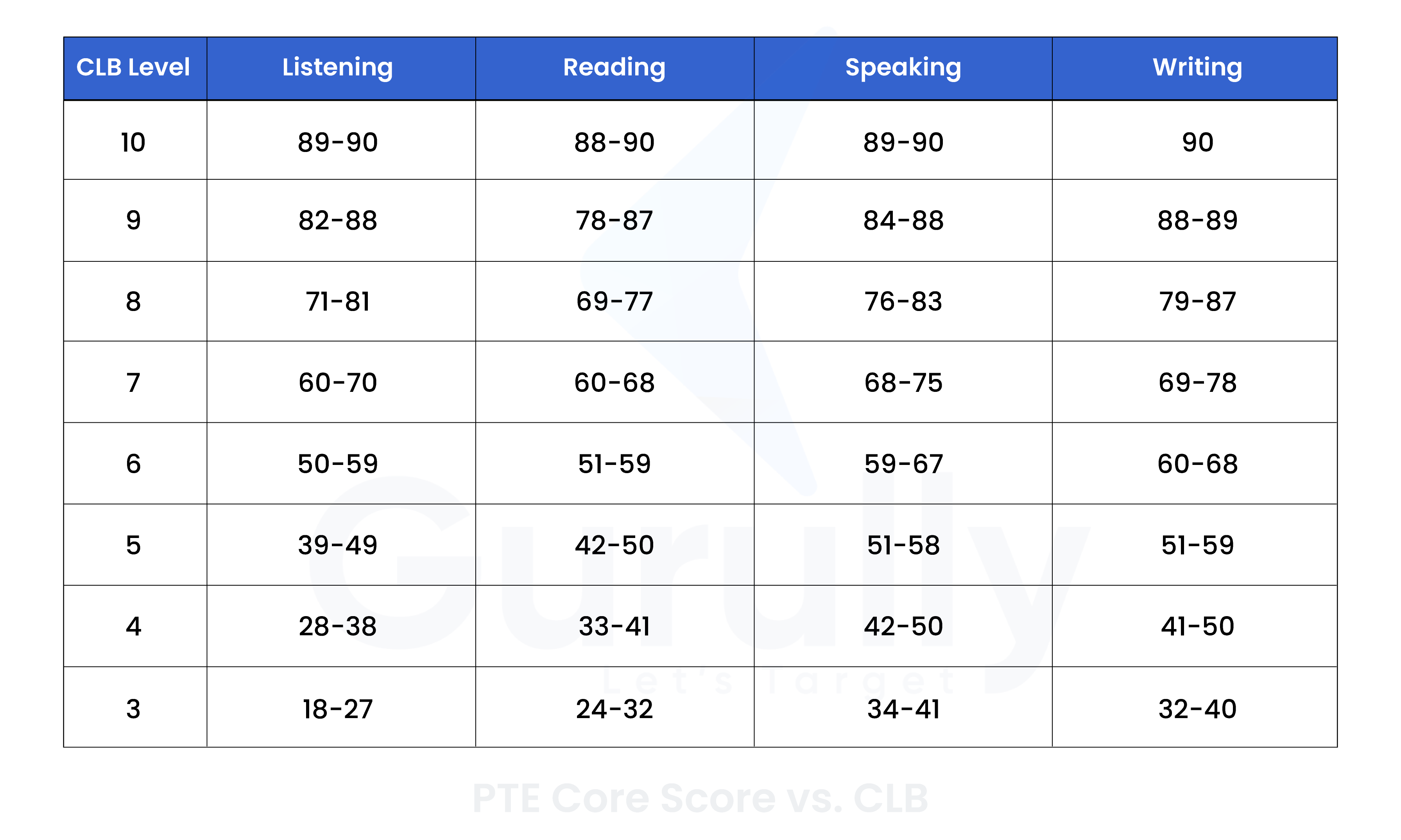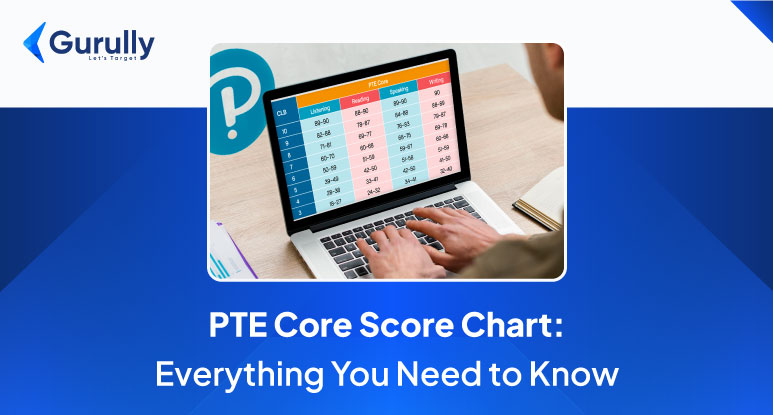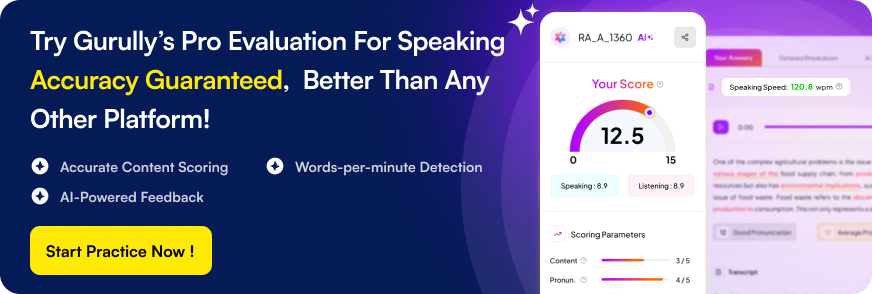The first thing you need to do while planning to move to Canada for work or immigration purposes is to prove your English proficiency. Among the various tests available, PTE core is one the most popular tests for proving English language proficiency. Pearson designed this exam by keeping Canadian immigration and everyday communication processes in mind. Therefore, it is essential to understand both the exam format and the PTE Core score chart to set your targets.
Here is everything you need to know, from the PTE Core Score chart to the minimum marks required for 2025. Start understanding by knowing a brief about the exam.
What Is the PTE Core Exam All About?
The PTE Core isn’t your average English test. It focuses less on academic language and more on how English is used in daily life and work settings. The test covers four main skills: Speaking, Writing, Reading, and Listening — all measured by a computer-based system powered by artificial intelligence (AI).
What sets it apart?
Its fast results (typically within 2 days), 2-hour test duration, and recognition by IRCC (Canada’s immigration body). Whether you’re applying for permanent residence or a work visa, PTE Core might be the right fit for you.
How Is It Scored?
Unlike some traditional tests that rely entirely on human evaluators, PTE Core uses automated scoring technology. Your performance is analyzed through AI.
You’ll receive:
- A score between 10 and 90 for each communicative skill
- An overall score, which reflects your general English ability
It’s important to note that your overall score isn’t just an average of your other scores. Certain tasks affect multiple skill categories, which means your speaking might also influence your writing score, and so on.
PTE Core Score Chart Breakdown
So, what do these numbers actually mean? Here’s an approximate idea of how to interpret PTE Core score chart:
- 85–90: Near-native fluency; you understand insights and can express yourself in virtually in any context.
- 76–84: Strong command of the language; minor slips, but nothing that affects understanding.
- 59–75: Functional, confident speaker; you can handle most real-world situations with ease.
- 43–58: Moderate proficiency; you’ll manage most conversations, though errors may appear.
- 30–42: Basic ability to communicate; mostly limited to familiar or simple situations.
- Below 30: Struggles with fluency; frequent miscommunication is likely.
 (Canadian Language Benchmarks)
(Canadian Language Benchmarks)
If you’re using the PTE Core for Canadian immigration, you must be aware of how scores map to CLB levels, which IRCC uses to assess English language ability.
This PTE core score chart is crucial for applicants to programs such as Express Entry, where a minimum Canadian Language Benchmark (CLB) level is often required.
PTE Core Vs IELTS General:
Below is a comparison of the PTE Core score chart with IELTS general scores.

Minimum Score Requirements: What Should You Aim For?
Not everyone needs the same score. Here’s how you can break the PTE core score chart CLB:
- Express Entry (Federal Skilled Worker): CLB 7 minimum — around 60+ in Listening and Reading, 68+ in Speaking, and 69+ in Writing.
- Canadian Experience Class (NOC B jobs): CLB 5, which equates to PTE scores in the 40s to 50s depending on the skill.
- Provincial Nominee Programs: Requirements vary by province, but CLB 5–7 is common.
Always double-check the latest immigration updates, as requirements can shift.
How to Score Higher in the PTE Core Exam
Here are some smart, real-world strategies that will help you score high:
Treat English Like a Lifestyle:
- Make it a habit — read the news in English, write short journal entries, speak with friends or tutors, and watch videos without subtitles.
Practice the Right Way
- PTE Core tests integrated skills. Practice on Gurully, where mock tests mimic real exam conditions, especially those that assess multiple skills simultaneously — such as summarizing spoken texts.
Target Weak Areas
- Use analytics or feedback to identify where you lose points. Focus on fixing those before practicing more of the same. You can also do free question-wise practice on Gurully.
Learn to Think in English
- When you’re mentally translating, your response time slows — which affects speaking and writing scores, so try to think in English.
Once you’re familiar with the PTE Core score chart, the next step is focused preparation. Gurully offers full-length PTE mock tests, section-wise practice, and free question-wise, which mirror the real exam format. Our tests are curated by experts and include predictive questions to make you exam-ready. With instant, accurate scoring, you can track your progress and plan your preparation effectively. Don’t forget to subscribe to our YouTube channel for the latest tips, strategies, and updates on the PTE Core exam.
Conclusion
Understanding the PTE Core score chart is crucial for setting the right goals—whether you’re comparing it with IELTS, mapping it to CLB levels, or targeting a specific immigration program. Your score isn’t just a number; it reflects your real-world English ability. With the right strategy and PTE practice platform like Gurully, you can confidently aim for the scores you need. Let the score chart guide your prep and take you one step closer to your Canadian dream.
FAQ
How is PTE Core scored?
What is CLB 7 in PTE Core?
How much is CLB 5 in PTE Core?
What is the PTE Core score required for Canada PR?
Is a 55 PTE score good?
Also Read:
- PTE Core Score Chart: Know How To Set Your Target Score
- PTE Summarize Spoken Text Templates Strategies & Tips For Scoring High
- Know Everything About PTE Rescore Success Rate, Appeal, and Technical Review Policies
Free PTE Practice Test







